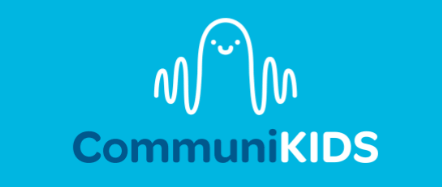Talking With Our Hands
Most people use gesture many times throughout the day. We wave hello to someone, point to indicate an item or person, or may beckon for someone to follow us. While we speak, gesture works together with our verbal communication, adding unique and meaningful information. We can perform a variety of functions with gesture, including:
Requesting (e.g. pointing at an object we want)
Directing behaviour (e.g. holding out a hand for ‘stop’)
Directing attention (e.g. pointing at an object of interest)
Agree, disagree, acknowledge or respond (e.g nodding or shaking your head)
For most children and adults, gesture is a natural part of communication - one we often use unconsciously. However, for many little ones who are struggling to pick up verbal language, gesture is often also delayed. Delays in gesture limit communication ability of kids, which can cause increased frustration and difficulties with having needs and wants met. Research suggests that use of gesture also supports language development in both typically developing children and those with a language delay. That means the more gestures we can encourage children to use, the more likely their verbal language will grow!
Encouraging Gesture
Gestures not only help support language development, but can also play an important role in development of social communication, comprehension, literacy and more. Hence, it’s important to start encouraging gestures as soon as possible. Three ways we can do this is by:
Use gestures repetitively and consistently. Children learn best from repetition and inclusion of words and gestures within their routines. Try to incorporate gestures as much as possible throughout the day. This can be in play and in other daily routines. For example, when out walking point and say ‘Look!’ at interesting things around. Clap and say ‘yay’ when your child knocks a block tower over. Wave hello and goodbye to siblings, guests or even toys as you pack them away.
Use songs. A great way to encourage gesture use and imitation is through songs. Lots of early childhood songs incorporate gesture, so choose one and sing it with your child, encouraging them to use gesture too. Some great songs to try are, ‘Wheels on the Bus’, ‘If You’re Happy and You Know It’, or ‘Row Row Row Your Boat’.
Imitate. Some kids might not yet be up to the stage of copying your gestures, and that’s okay! Instead of expecting them to copy you, start copying your child’s actions during activities instead.
Use words. Work on gesture and verbal language simultaneously, and use a word alongside the gesture. When you point, exclaim ‘Look!’, or say ‘Hello!’ when waving.
Gestures are so important for everyone, no matter their age, so go sit down with your child and start moving those hands to communicate!
References
La Valle, C., Chenausky, K., & Tager-Flusberg, H. (2021). How do minimally verbal children and adolescents with autism spectrum disorder use communicative gestures to complement their spoken language abilities? Autism & Developmental Language Impairments. https://doi.org/10.1177/23969415211035065
Vogt, S., & Kauschke, C. (2017). Observing iconic gestures enhances word learning in typically developing children and children with specific language impairment. Journal of Child Language. https://doi.org/10.1017/S0305000916000647
